Intel Unveils 14th Gen Core HX Series Processors: Raptor Lake Mobile Refresh with Thunderbolt 5
by Gavin Bonshor on January 8, 2024 6:00 PM EST
During CES 2024, Intel unveiled their latest 14th Generation Core HX series processors for mobile. Consisting of five new SKUs, the Intel 14th Gen Core HX family is a refreshed variant of the previous 13th Gen Core HX series, much akin to the desktop processors such as the Core i9-14900K to the Core i9-13900K; Raptor Lake is again refreshed, this time for mobile.
Consisting of five new SKUs and spanning the Core i9, Core i7, and Core i5 segments, the Intel 14th Gen Core HX series features much of the same specifications such as core and thread count and integrated graphics as their predecessors, but with faster Performance (P) and Efficiency (E) core turbos, making them faster for better performance, all within the same 55/157 W TDP power envelope as the previous generation.
Ranging from 24 CPU cores (8P+16E)/32T down to 10 CPU cores (6P+4E)/16T, Intel is once again bringing their Raptor Lake architecture built on the Intel 7-node back to the forefront for another year as their desktop replacement mobile processors lead the charge in compute performance in mobile into 2024.
Some of the primary features of the Intel 14th Gen Core HX platform Intel is pushing revolve around the ability to easily add discrete controllers, thanks to the chips' ample PCIe lane count. This includes Intel's Thunderbolt 5, which has up to 160 Gbps of cable bandwidth available, as well as next-generation Wi-Fi 7 support. On top of this, much like the 13th Gen Core HX series, the 14th Gen variants are also overclockable.
Intel Core 14th Gen HX Series: Discrete Thunderbolt 5 & Faster Turbos
Much like Intel did with its Raptor Lake Refresh for the 14th Gen Core series for desktops, including the Core i9-14900K, Core i7-14700K, and the Core i5-14600K, they have now done the same for mobile. With a total of five new SKUs under the 14th Gen umbrella, Intel has opted to refresh Raptor Lake, which is manufactured using the Intel 7 node, again for their 14th Gen HX series.
As we saw with Intel's 13th Gen mobile announcement in January last year, the Raptor Lake mobile chips provided an incremental and minor architecture shift from Alder Lake to Raptor Lake, representing Intel's heterogeneous design encompassing both Performance and Efficiency cores. With Intel's 14th Gen Core HX series, much of what we see isn't as much of an upgrade because Intel hasn't changed the underlying architecture. Still, Intel has opted to use the same Raptor Lake architecture and improve the voltage and frequency (V/F) curve to squeeze out faster clock speeds to improve performance while remaining within the same base and turbo TDP power envelope.
The biggest addition coming to Intel 14th Gen Core HX series laptops is that Intel is pushing vendors to include Thunderbolt 5/USB4v2 support. Because the platform itself doesn't natively integrate Thunderbolt 5 silicon, Intel is relying on their discrete Barlow Ridge Thunderbolt 5 controllers here, hanging it off of the PCIe 4.0 lanes coming from the processor itself. Barlow Ridge uses a PCIe 4.0 x4 link for backhaul purposes – and for those of you doing the math at home, no, that's not enough bandwidth to saturate a TB5 connection. Ultimately, TB5's high bandwidth is meant to afford a combination of data ana graphics (DisplayPort 2.1), so the data portion alone does not need to be able to fully saturate the entire link.
| Intel 14th Gen Core HX Series vs. 13th Gen Core HX Series (Raptor Lake Mobile) |
||||||||||
| AnandTech | Cores P+E/T |
P-Core Base |
P-Core Turbo |
E-Core Base |
E-Core Turbo |
L3 Cache (MB) |
Processor Graphics | Base W |
Turbo W |
Intel vPro |
| i9-14900HX | 8+16/32 | 2200 | 5800 | 1600 | 4100 | 36 | 32 EU | 55 | 157 | - |
| i9-13900HX | 8+16/32 | 2200 | 5400 | 1600 | 3900 | 36 | 32 EU | 55 | 157 | - |
| i7-14700HX | 8+12/28 | 2100 | 5500 | 1500 | 3900 | 33 | 32 EU | 55 | 157 | - |
| i7-14650HX | 8+8/24 | 2200 | 5200 | 1600 | 3700 | 30 | 32 EU | 55 | 157 | - |
| i7-13700HX | 8+8/24 | 2100 | 5000 | 1500 | 3700 | 30 | 32 EU | 55 | 157 | - |
| i7-13650HX | 6+8/20 | 2600 | 4900 | 1900 | 3600 | 24 | 16 EU | 55 | 157 | - |
| i5-14500HX | 6+8/20 | 2600 | 4900 | 1900 | 3500 | 24 | 32 EU | 55 | 157 | - |
| i5-13500HX | 6+8/20 | 2500 | 4700 | 1800 | 3500 | 24 | 16 EU | 55 | 157 | - |
| i5-14450HX | 6+4/16 | 2400 | 4800 | 1800 | 3500 | 20 | 16 EU | 55 | 157 | - |
| i5-13450HX | 6+4/16 | 2400 | 4600 | 1800 | 3400 | 20 | 16 EU | 55 | 157 | - |
Considering the specifications and key technical differences between the latest 14th Gen Core HX series and its predecessor, the 13th Gen Core HX series, Intel has opted for an all-around faster P Core turbo when comparing the corresponding processors. The top SKU in the stack, the Core i9-14900HX, has a very fast P-core turbo of up to 5.8 GHz, which is a 400 MHz bump over the previous Core i9-13900HX.
It shares the same 8P+16E/32T core/thread configuration as the Core i9-13900HX and has the same 36 MB of Intel Smart (L3) cache. In fact, outside of the large 400 MHz increase in P-core turbo frequencies and the 200 MHz bump in E-core turbo (4.1 GHz), everything else remains the same from a platform stand point.
Looking at the Core i7 segment, Intel has refreshed both the previous Core i7-13700HX and the Core i7-13650HX and updated them for the 14th Gen Core series. Interestingly, the latest Core i7-14700HX is a notable upgrade of the Core i7-13700HX, as Intel has added four additional efficiency cores, making it an 8P+12E/28T chip, much the same as they did with their 14th Gen Core series for desktops. On top of this, the Core i7-14700HX has a much faster 5.5 GHz P-core turbo, up 500 MHz over the previous generation. Regarding E-core turbos, Intel has bumped these by 200 MHz, with these cores clocking up to 3.9 GHz. Adding the extra four E-cores also means the Core i7-14700HX has 33 MB of L3 cache, which is up from 30 MB on the Core i7-13700HX.
The Intel Core i7-14650HX has also been upgraded with two more performance cores than the previous Core i7-13650HX, which gives it an 8P+8E/24T core configuration. Having a higher P-core turbo of 5.2 GHz (up from 4.9 GHz) and an E-core turbo of 3.7 GHz (up from 3.6 GHz), in combination with the extra two P-cores should give it an edge in performance in multi-threaded workloads and multi-tasking over the previous iteration.
Moving down to the Core i5 series, Intel leads with the Core i5-14500HX, a 6P+8E/20T part, and has faster clock speeds like the 14 Gen Core i9 and Core i7 HX series processors. In terms of P-Core turbo frequencies, the Core i5-14500HX can hit up to 4.9 GHz turbo speeds on the P-cores, which represents a 200 MHz increase over the Core i5-13500HX, and Intel has bumped the base frequency of the P-cores up to 2.6 GHz and to 1.9 GHz on the E-cores; this represents a bump of 100 MHz to the base frequencies. The Core i5-14500HX also features 24 MB of L3 cache.
Last but not least, we have the Core i5-14450HX, which is the successor to the Core i5-13450HX and has a P-core turbo of 4.9 GHz and an E-core turbo of 3.5 GHz. Base frequencies do remain the same between the two chips, but the Core i5-14450HX has been given a 200 MHz bump in P-core turbo frequencies and just 100 MHz over the E-core turbo clocks. As it is a 6P+4E/16T part, it has a lower L3 cache than the other chips announced, with just 20 MB available.
Regarding integrated graphics, all of the Intel 14th Gen Core HX series processors have the same underlying Intel HD graphics and share the same specifications as the corresponding predecessor, e.g., the Core i9-14900HX and the Core i9-13900HX remain the same in terms of graphics.
Moving onto the generational improvements, Intel's 14th Gen Core series has a couple of additions to make it interesting. Outside of improving the P-core and E-core frequencies, the 14th Gen Core HX series still supports both DDR5-5600 and DDR4-3200 memory types, which gives OEMs and vendors the ability to pick and choose on the platform based on the target market and budget of the laptop. While the platform supports Wi-Fi 6E natively, it's up to laptop manufacturers whether they take the necessary steps to integrate discrete controllers for Wi-Fi 7 support. However, this is likely seen in the more prominent and expensive models. There's also support for up to 14 x USB 2 ports, 10 x USB 3 ports, and can accommodate up to 8 SATA ports.
Looking at some gaming performance figures Intel has provided through their own in-house testing, they are comparing the flagship Core i9-14900HX to AMD's non-x3D Ryzen 9 7945HX. At the top end of the performance uplifts at 1080p with high settings, Intel claims up to 1.37 x the performance in Total Warhammer III, with up to 1.11 x the performance over AMD in F1 2023. In other titles such as League of Legends, again Intel claims 11% more performance. However, there are cases where performance is lower, such as in Cyberpunk 2077, with the AMD Ryzen 9 7945HX performing around 2% better than Intel's new chip.
Including the 3D V-Cache enabled Ryzen 9 7945HX3D this time around, Intel claims that in Rainbow Six Siege, the Core i9-14900HX is 0.3% better off, which is marginal at best. In one of the latest Total War titles (Pharaoh), Intel claims it has the biggest win, with up to 17% more performance than the Ryzen 9 7945x3D. It should be noted that from experience, Total War titles are typically aligned more with Intel than AMD, even in terms of marketing. Hence, it's no surprise to see better performance on Intel chips in this game series.
Looking at the retail availability of the new Intel 14th Gen Core HX series of mobile processors, Intel says it has over 60+ designs available from vendors such as Alienware, Lenovo, MSI, and Razer. However, how many models are coming to market, specifically with the 14th Gen Core HX series processors, remains unknown. Still, we expect to see a number of new notebook announcements that feature these processors imminently.


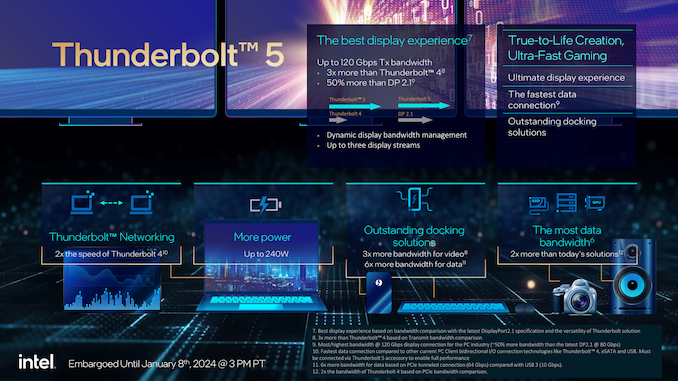
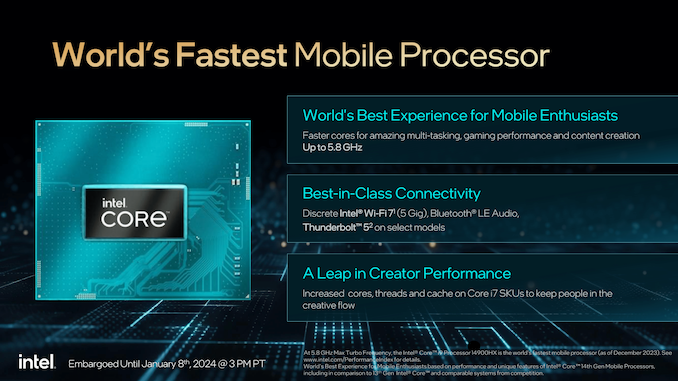
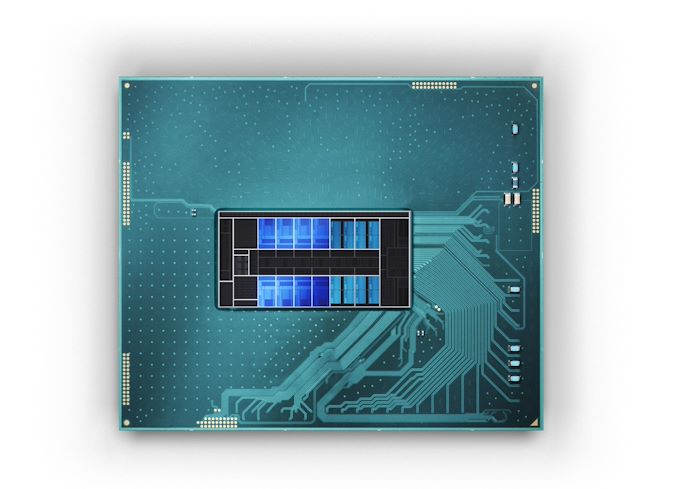
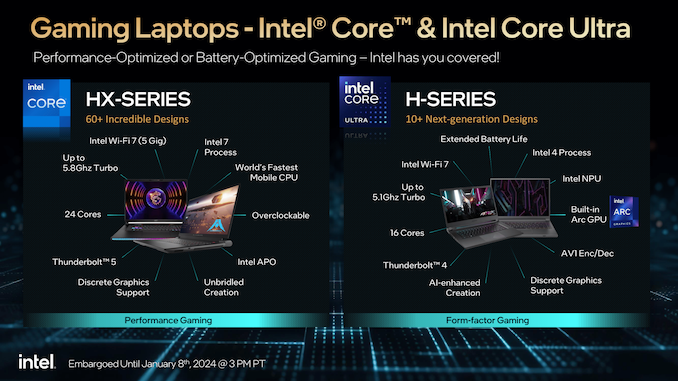
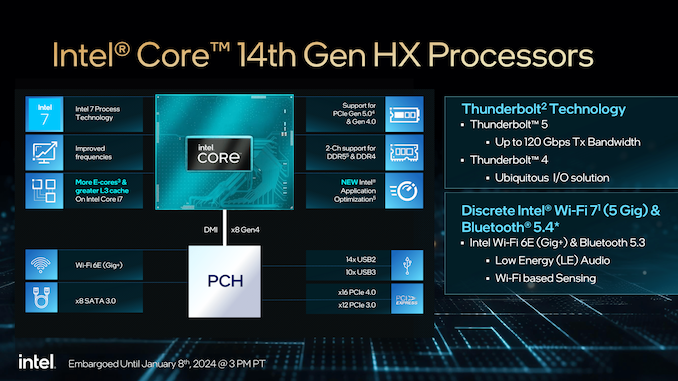

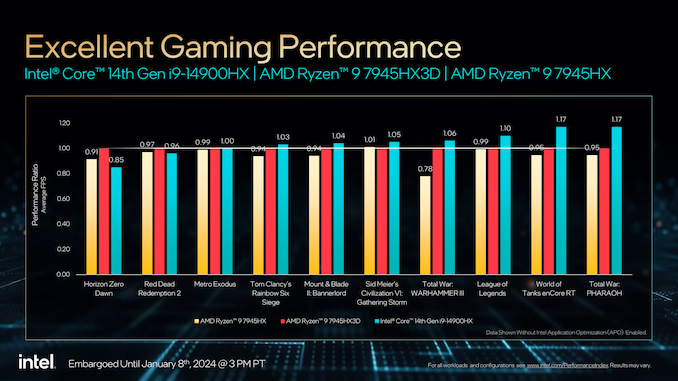
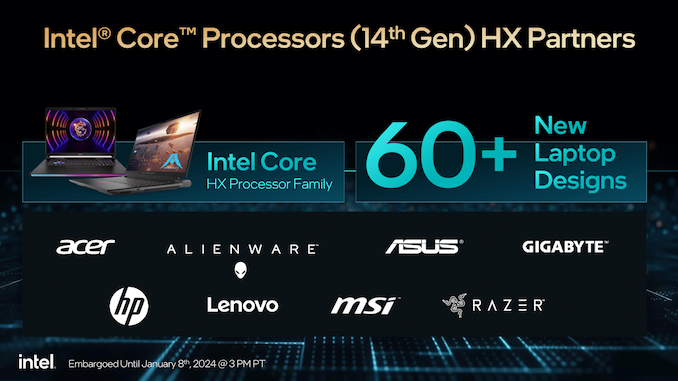
-02_thumb.png)
-03_thumb.png)
-04_thumb.png)
-05_thumb.png)
-06_thumb.png)
-07_thumb.png)








29 Comments
View All Comments
meacupla - Monday, January 8, 2024 - link
So wait... intel now has Core, Core Ultra, and Core 14th HX?And this is not confusing how?
Sonic01 - Tuesday, January 9, 2024 - link
No... There's just 2 architectures, Core = Raptor Lake Refresh, Core Ultra = Meteor Lake.These 14th Gen HX fall under Core (Raptor Lake).
Samus - Tuesday, January 9, 2024 - link
They better have something real special lined up for 15th gen (Arrow Lake?) because they've milked Alder La...I mean Raptor Lake all they can. Where are the Meteor Lake Redwood and Gracemont cores for desktop and high-end mobile? They totally phoned in 14th gen - one has to wonder why they even bothered.HaninAT - Tuesday, January 9, 2024 - link
"one has to wonder why they even bothered."They have to have a new product for every new sales season regardless of the product's performance capabilities. They're currently caught in the seasonal sale's cycle instead of just delivering new products when they're ready and are reasonable upgrades from the prior generation. It's easy for a lot of products, CPUs are not one of them.
Bluepig45 - Friday, January 12, 2024 - link
Ask Apple, they've been getting away with it since the release of the M1 chip.hob196 - Wednesday, January 17, 2024 - link
If by "it" you mean the laptop performance crown, I agree. Now if Apple could just address repairability and what they charge for memory, x86 would be pointless in portables.Hulk - Tuesday, January 9, 2024 - link
While Intel will not tell us I am convinced that the Raptor Refresh is not a process refinement of Raptor Lake. I believe it is simply binning, which makes it outrageous to call it a new generation.deil - Wednesday, January 10, 2024 - link
Have you been here during 14+++++++++++++++++++++++++++++++++++++++ era?This is nothingburger, from their usual menu.
sweetca - Monday, January 15, 2024 - link
Haha, this guy gets it^lmcd - Wednesday, January 10, 2024 - link
It ships with software-enabled new functionality, which is also what AMD is trotting out this generation.Who knows, maybe it's a newer stepping?